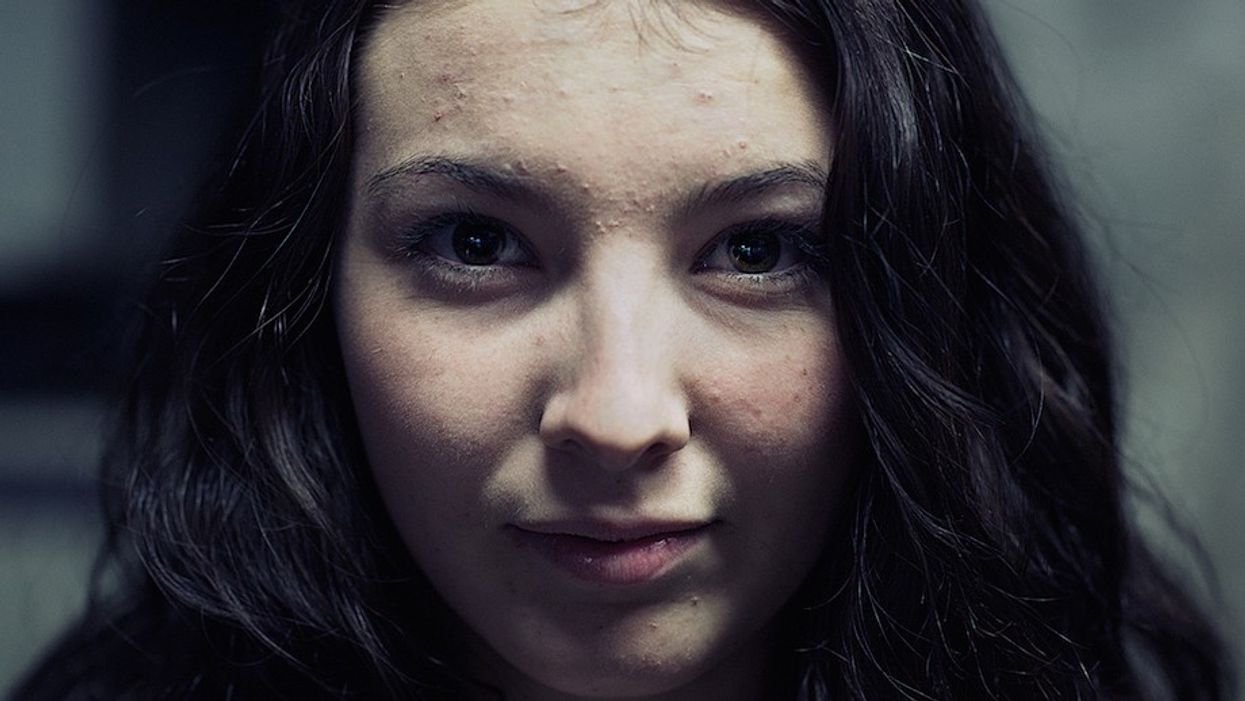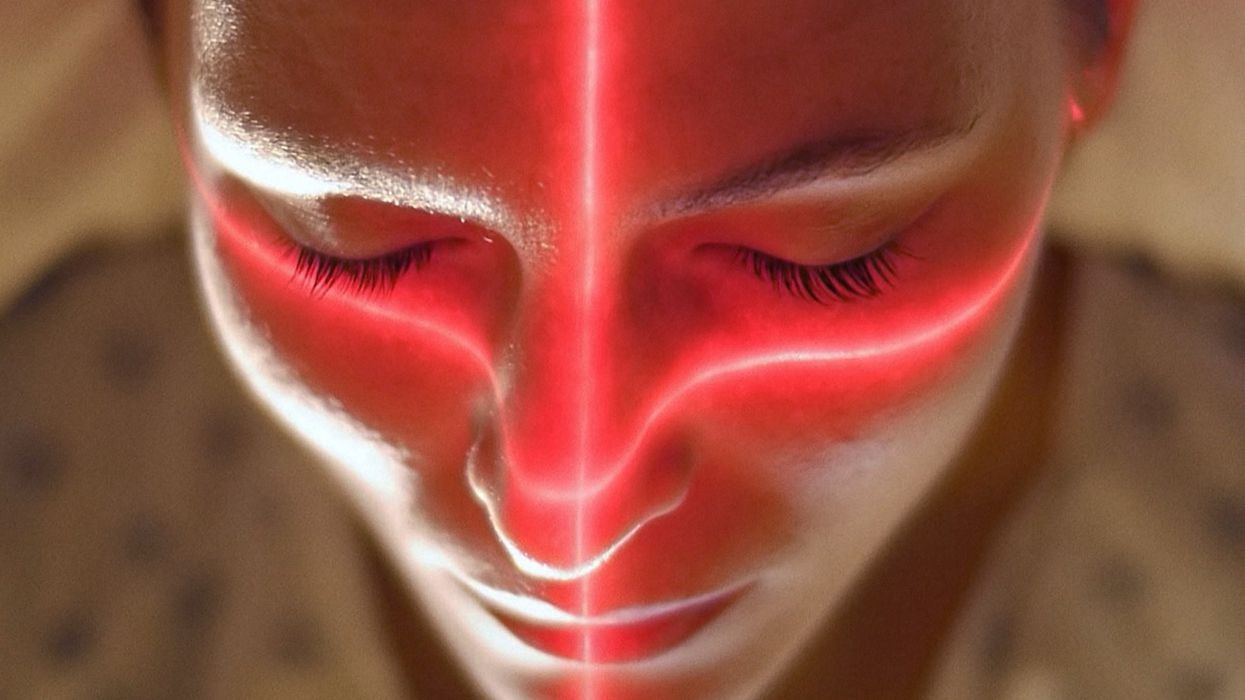Stunning Photos Reveal How Lighting Can Vastly Change Our Perception of the Human Face
Cinematographers can control what the audience thinks about a character based solely on how they light them.

For many up-and coming-cinematographers, it's difficult to grasp the ways in which variations in light can affect an audience, both from a storytelling perspective and from a psychological one. In fact, that right there is one of the deepest, most confounding questions in all of cinematography, and it's a question that can't be answered in any other way except through a lifetime of creating and studying images. However, every now and again, a visual example of the psychology of light comes along. This one is far too good not to share.
In an absolutely stunning series of photos, Sebastian Petrovski, a photographer based out of Melbourne, shares several pairs of closeup portraits. Each set features one image that has been lit with bright, soft light, and the other with sparse, hard light that creates a dramatic look. These images provide us with stark insight into just how powerful of a tool light can be, especially with regards to perceiving the human face.
Take a look at a few of my favorites from the series:
Of course, the before and after images look different, but more importantly, at least from a filmmaking perspective, each one conveys a vastly different tone and range of emotions. As an audience, we perceive the individuals in these photographs as two completely different people, each with differing psychologies and motivations. Despite the fact that we know nothing about them, it's easy for us to attribute characteristics to them based solely on the lighting.
Take, for example, the bottom pair of photos. In the topmost of the two, the young man looks like your average teenager: bright-eyed and full of life. In the bottom photograph, however, something more sinister seems to be at play. It's the look of someone deeply troubled, tormented, and on the edge of doing something terrifying. That significant shift in perception comes as a result of the shift in lighting.
This photo set also reminds me of another article that I wrote a while back covering this same topic. In it, I shared a music video inspired by an unfinished Clouzot experimental film. That music video utilized a twirling light rig that created some mesmerizing facial shadows, and it proved to be an excellent exploration of how the angle of a key light can morph the human face in a number of ways.
Here are those two videos again, in case you didn't catch them the first time around:
You can check out the rest of Petrovki's photos here.
Source: Perception Is Reality

















